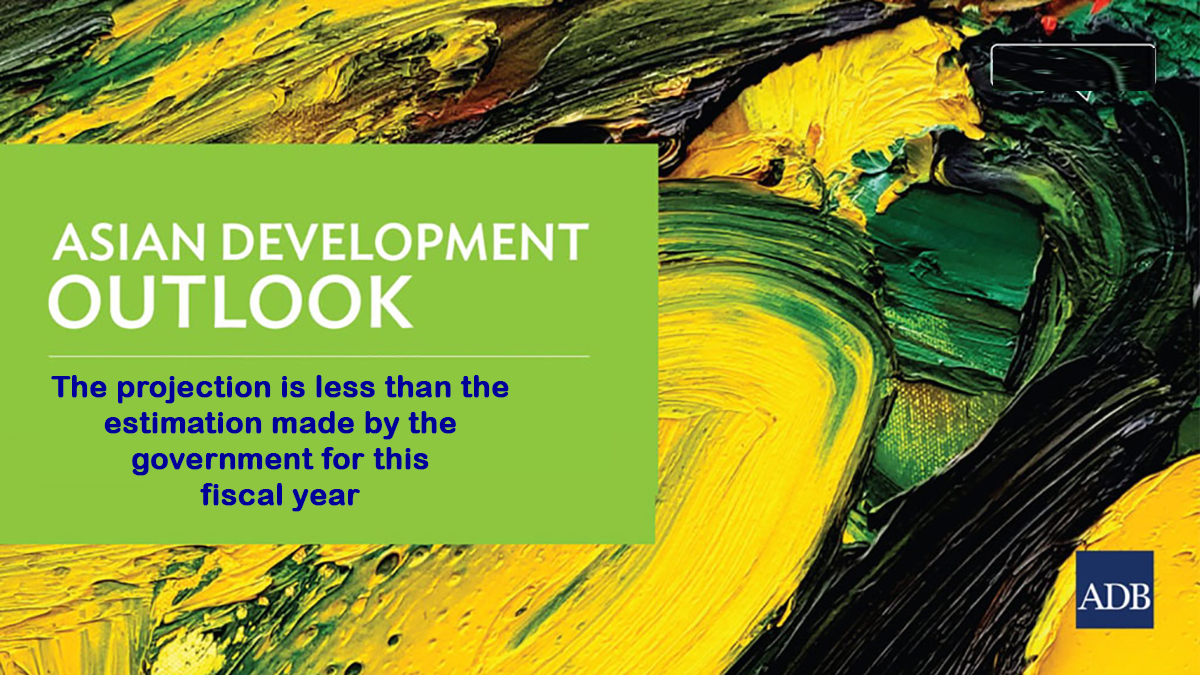
Kathmandu; Nepali economy is poised to grow 4.3 percent at market prices in the current fiscal year, according to the latest Asian Development Outlook, a flagship publication of the Asian Development Bank (ADB).
The ADB’s projection is less than the estimation made by the government for this fiscal year. Through the budget, the government announced to achieve a growth of six percent.

This optimistic projection comes on the heels of an estimated growth of 1.9 percent in FY 2022/23, indicating a substantial upswing in economic activity. A key driver of this growth is the strategic move by the Nepal Rastra Bank, the central bank, which has adjusted its monetary policy stance by reducing the policy rate by 50 basis points to 6.5 percent. This adjustment is expected to lead to lower commercial interest rates, thereby stimulating economic activities.
The service sector is anticipated to be a major contributor to this growth, with expansions projected in real estate, wholesale and retail trade, as well as accommodation and food services. However, concerns have been raised about the agriculture sector, which may experience a deceleration due to insufficient rainfall in June and erratic weather patterns, compounded by a lumpy skin outbreak in cattle.

The report further predicts a decrease in annual average inflation to 6.2 percent in FY 2023/24, down from 7.7 percent in FY 2022/23. This is attributed to subdued oil price increase and a decline in inflation rates in India, Nepal's primary source of imports.
Jan Hansen, ADB's Principal Economist for Nepal, highlighted ongoing fiscal challenges, stating, "Despite some progress in restoring price and external sector stability, fiscal challenges persist." He emphasized the importance of meeting ambitious revenue targets for the current fiscal year to maintain the estimated fiscal deficit of 2.4 percent of GDP.
While external risks are deemed relatively well contained, there is a note of caution regarding potential contractionary economic policies to combat inflation amidst geopolitical tensions. Such policies could potentially dampen consumption and domestic production, posing a threat to overall growth.
With stable remittances and an uptick in imports, the current account deficit is expected to expand to 1.8 percent of GDP as growth gains momentum in FY 2023/24.
The ADB, established in 1966, is resolutely dedicated to fostering a prosperous, inclusive, resilient, and sustainable Asia and the Pacific region, while remaining steadfast in its mission to eradicate extreme poverty. Currently owned by 67 members, with 48 hailing from the region, the ADB continues to be a driving force for economic progress across Asia.